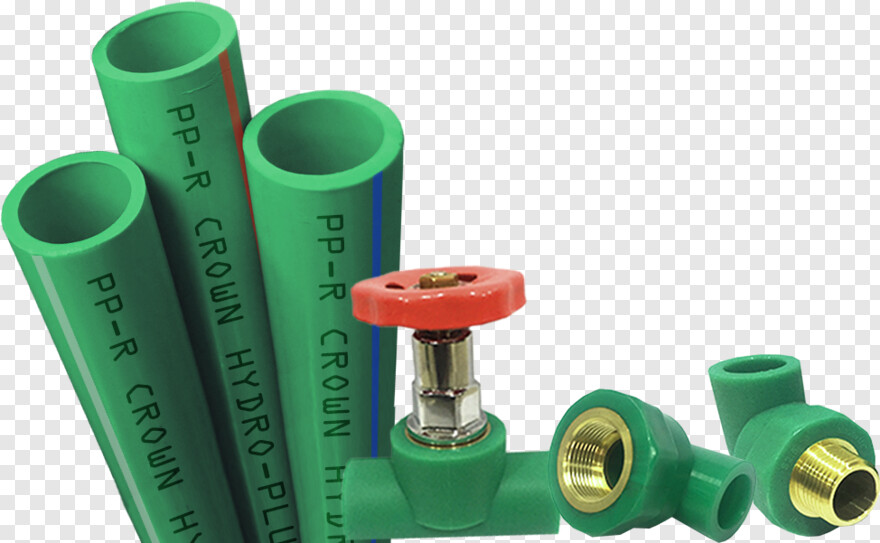A pert pipe can be a cost-effective and efficient solution for various plumbing projects. It is flexible and has high temperature resistance, making it ideal for a variety of hot water and underfloor heating applications. However, like any other type of pipe, it requires proper installation to ensure a smooth and seamless operation. By understanding the basics of pert pipe, including its definition, characteristics, advantages, and considerations, homeowners and contractors can make a wise decision when installing this versatile plumbing solution.
Pert pipe is made from heat-resistant polyethylene (PE-RT) that undergoes a special production process to achieve improved thermal performance. Unlike traditional PE pipes, which can withstand temperatures up to 95degC, PERT pipe can handle up to 210degC, providing exceptional flexibility and superior temperature resistance. It is also odorless and non-toxic, making it a safe option for plumbing applications that require food or drink sanitation.
PERT pipes are available in both three- and five-layer constructions to meet the needs of different system designs. The five-layer versions feature aluminum or EVOH layers that improve corrosion resistance, while the three-layer versions offer excellent stress crack resistance and chemical degradation. They are also highly flexible, which reduces stress on the joints and enables them to withstand higher pressure.
In addition to being resistant to corrosion and chemicals, pert pipe is also resistant to abrasion and impact damage. This makes it an ideal choice for both indoor and outdoor plumbing applications. It is important to note, though, that the durability of this pipe varies depending on its use, so homeowners should carefully evaluate their specific project before choosing pert pipe.
In addition to its impressive durability, pert pipe is also easy to install and connect. It can be installed in a wide variety of plumbing projects, including radiant floor heating systems, hydronic heating systems, and snow melting systems. It is also a great option for plumbing systems that use potable water, as it is safe for drinking and can be used in underground water distribution. However, it is important to ensure that the plumbing system is designed properly and sized correctly to minimize the risk of leaks and other problems. A professional plumber can help with this step, ensuring that all plumbing fixtures and accessories are compatible with the pipes being used. This will also ensure that the system is in compliance with building codes and standards. This can help prevent legal and insurance-related complications down the road.

